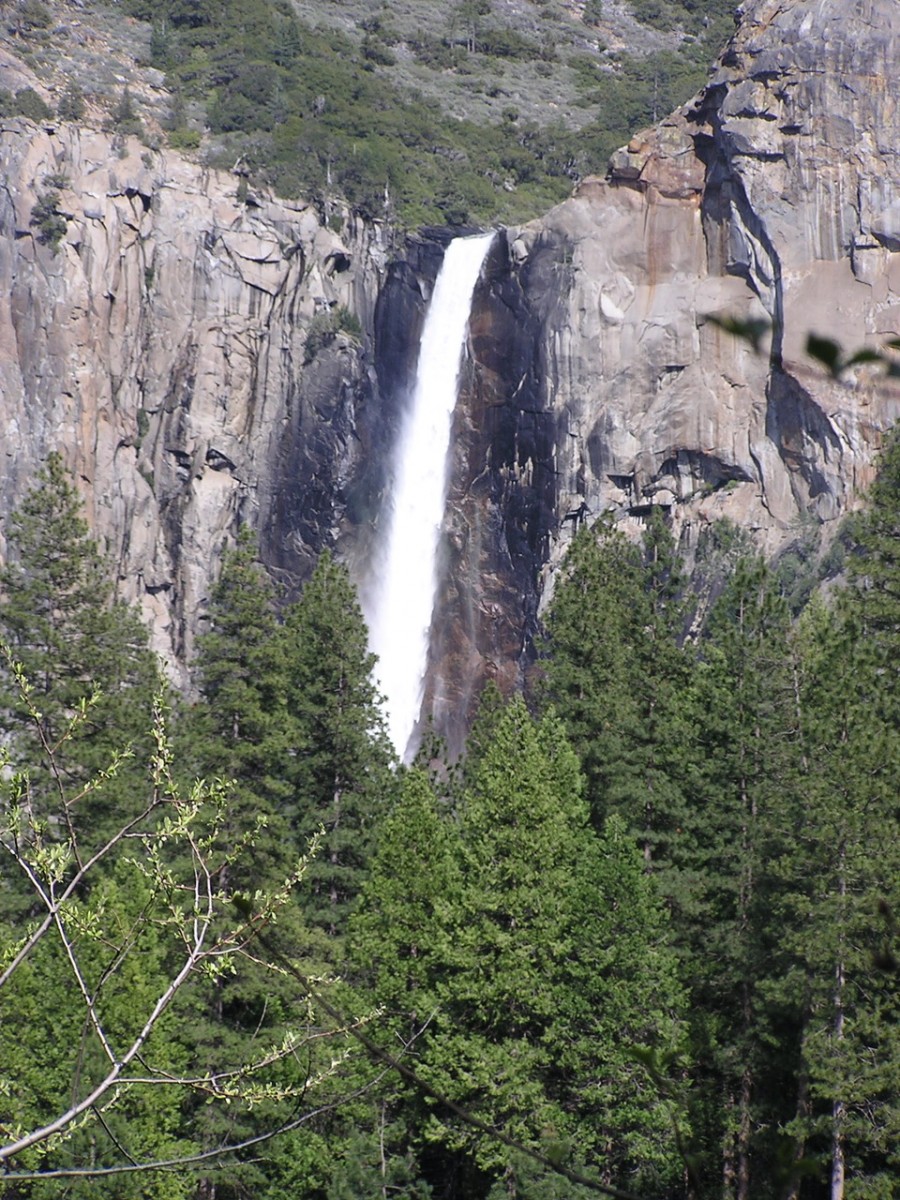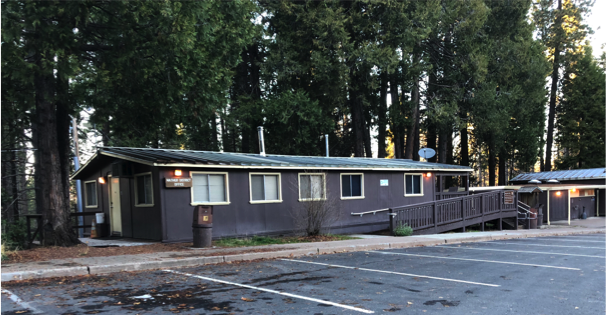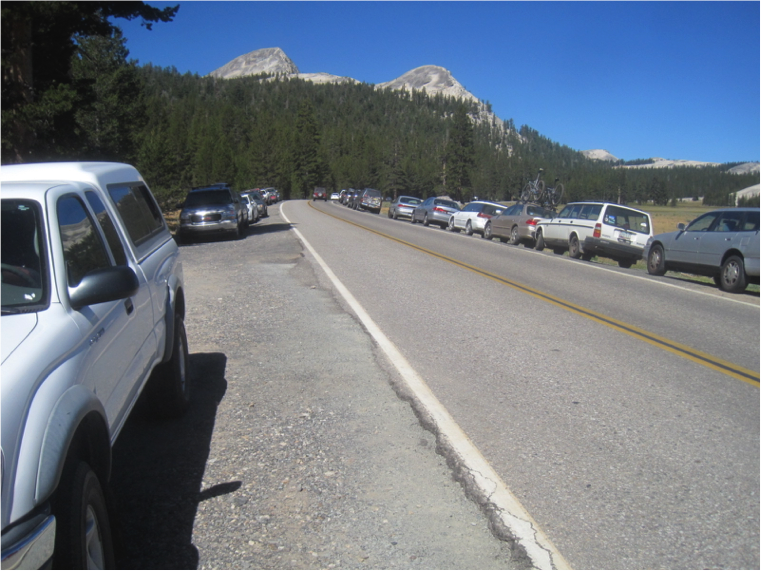
Most of us have fond memories of times spent in Yosemite Park, so any changes at the Park may raise fears that projects might diminish what is precious to us. Instead, Park planners and officials are moving carefully to implement long-needed restoration treatments that will improve facilities, reduce resource impacts, and benefit visitors for decades to come. But as with any major projects, there may be challenges to deal with as projects get implemented.
One of the most prominent projects now starting in the Park is at Bridalveil Fall, where facilities are in dire need of improvement. The smelly, inadequate vault toilets will be replaced by efficient and attractive new restrooms that will be connected to the Park’s main sewer line instead of the old vault toilets that discharge effluent into a poorly functioning septic system. The parking lot will be re-designed to improve circulation and reduce flooding that often forces visitors in the winter and spring to wade through ankle-deep water to reach the trail to the Fall.
A new viewing platform, new trail design, and interpretive signs will all improve the visitor experience at Bridalveil Fall (at left). Out at the main Bridalveil Flat road segment, new parking layout will reduce dangerous pedestrian crossings and improve bus parking so that buses don’t need to back out into busy traffic when leaving.

A second project is still not fully finalized, but is expected to have a decision soon. The existing welcome center at the Big Oak Flat Entrance station (above) suffers similar problems as at Bridalveil Fall due to outdated and smelly toilets that now discharge into a marginal septic system. A new, effective restroom facility is planned that will connect to a sewer line at Hodgdon. There will be a new, attractive welcome center, along with visitor information services and an Emergency Services facility. Everything except for the actual entrance station kiosks is in need of restoration or replacement, so public input has been sought by Park staff to hear ideas and feedback.
If the project launches next year as hoped, Park visitors will need to stop at porta-potty units during the busy season when construction will be happening, or visitors will need to be served at sites outside of the Park. Inconvenience in the short term at each of the three project locations should be more than compensated for by attractive, ecologically friendly facilities that better meet public needs.

At Tuolumne Meadows, one of the first restoration projects planned for this high-elevation site will deal with the often dangerous and resource-damaging parking problem that occurs when vehicles park bumper to bumper along the edge of the main meadow that borders the Tioga Pass Road. The Tuolumne Wild and Scenic River Management Plan that was approved a few years ago set forth restoration project approvals that are mandates for the Park Service to follow. Up to now, projects have been delayed due to limited Park staff capacity and inadequate funding. Some of the main restoration projects at Tuolumne Meadows are just now beginning to be implemented.
To better protect resources that draw hundreds of thousands of visitors each year, Park officials plan to eliminate the unsightly wall of parked vehicles that can straddle both sides of the main road at Tuolumne Meadows. The photo below was taken at a time when drivers parked responsibly. At other times vehicles can be parked with cars intruding into the road or pushing out onto meadow habitat. Under the new plan, parking will be blocked from sensitive areas along the meadow edge and will be shifted to new parking lots away from vulnerable resources.
Visitors passing along the meadow in their cars will actually be able to view the beautiful meadow instead of seeing a wall of vehicles. Eliminating meadow edge parking will also reduce the risk of collisions and threats to those emerging directly into a lane of traffic. And as Park crews naturalize user-created “social trails” that degrade the meadows, a variety of new well-placed trail segments will be created in appropriate locations.

